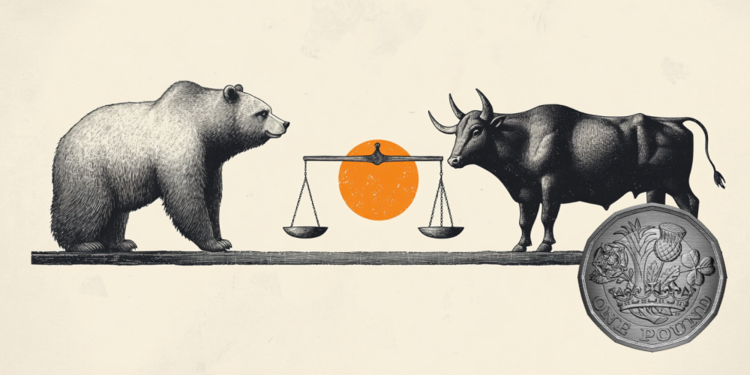Six out of every ten indigenous people living in urban areas of the country live with at least one chronic disease. The scenario was revealed after an unprecedented survey by the State University of Campinas (Unicamp) in partnership with the Federal University of Minas Gerais (UFMG), published in the magazine “Saúde em Debate”.
Among the main diagnoses are high blood pressure, spinal problems, high cholesterol and depression. Around 35% of indigenous people living outside villages in Brazil, aged 20 or over, have two or more illnesses.
The study brought an unprecedented survey of the health profile of the Brazilian non-village indigenous population based on data from 651 individuals, from the 2019 National Health Survey. The average age among indigenous men and women who live outside villages is 45 years. The majority have an income of up to one minimum wage (66%) and have completed primary education (67%), an increasing educational figure in relation to previous demographic censuses.
Around 90% live in urban areas and do not have private health insurance. In other words, they depend exclusively on the Unified Health System (SUS).
According to the study, among women and the elderly, arterial hypertension, popularly known as high blood pressure, is the most prevalent. Indigenous people over 60 years of age are also those who have the most problems with their spine (29%) and cholesterol control (26%).
For the co-author of the study, Deborah Malta, from the UFMG School of Nursing, the mapping reveals a change in the lifestyle of the indigenous population living in urban centers, as well as other population groups. “The high prevalence of chronic non-communicable diseases in this group may be due to changes in lifestyle, worsening diet, increased life expectancy and increased obesity,” he adds.
In relation to the indigenous population throughout Brazil, the article cites data from the Indigenous Health Care Information System, which recorded around 42 thousand reported cases of chronic diseases between 2015 and 2017.
Given the data revealed, Malta highlights the importance of expanding studies involving the indigenous population of Brazil, which depend on inclusion policies, such as the Unified Health System, especially those who live in villages and isolated areas, such as the Yanomami. “This population’s situation is worsening due to invasions of their land, destruction of rivers and forests and worsening of their health, with an increase in malnutrition, malaria and infectious diseases, due to a lack of protection policies”, says Malta.
According to her, there is still a long way to go in terms of equity, although the federal government has adopted important initiatives to reduce these inequalities, such as, for example, the creation of the Ministry of Indigenous Peoples.
This content was originally published in Study: 60% of the indigenous population living in urban areas have at least one chronic disease on the CNN Brasil website.
Source: CNN Brasil
I’m James Harper, a highly experienced and accomplished news writer for World Stock Market. I have been writing in the Politics section of the website for over five years, providing readers with up-to-date and insightful information about current events in politics. My work is widely read and respected by many industry professionals as well as laymen.







